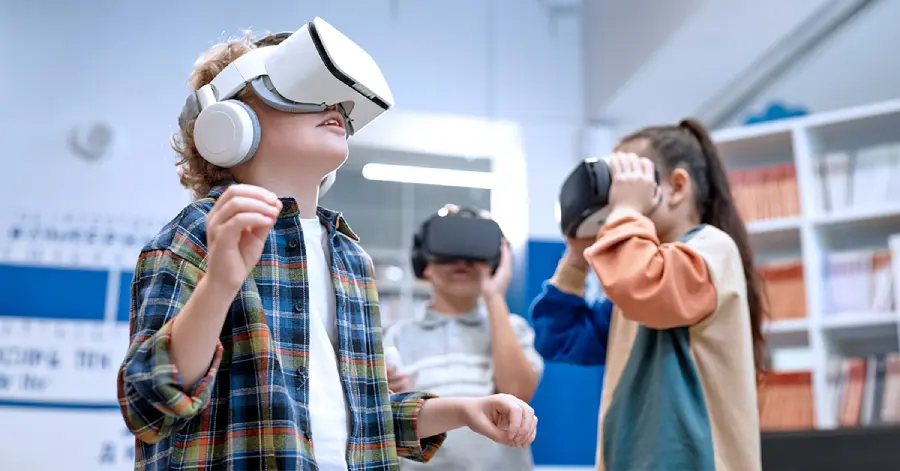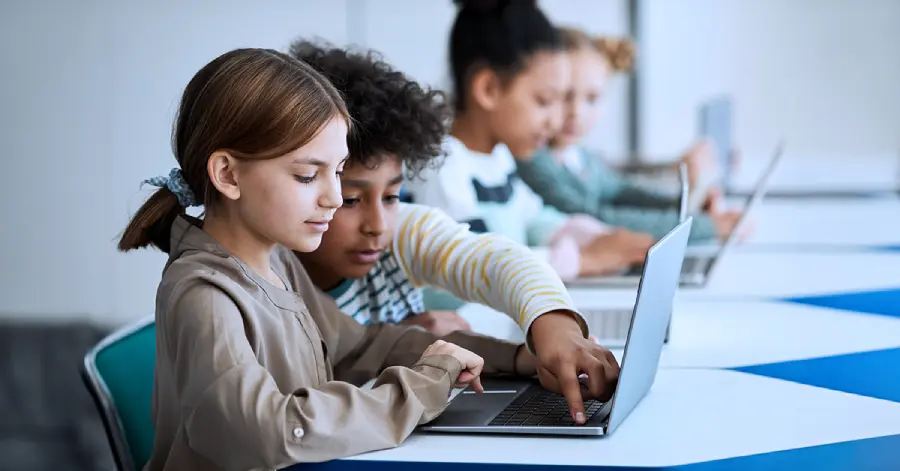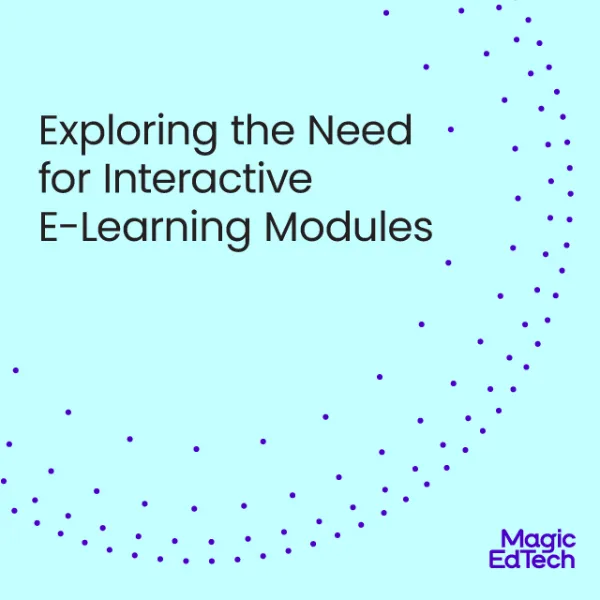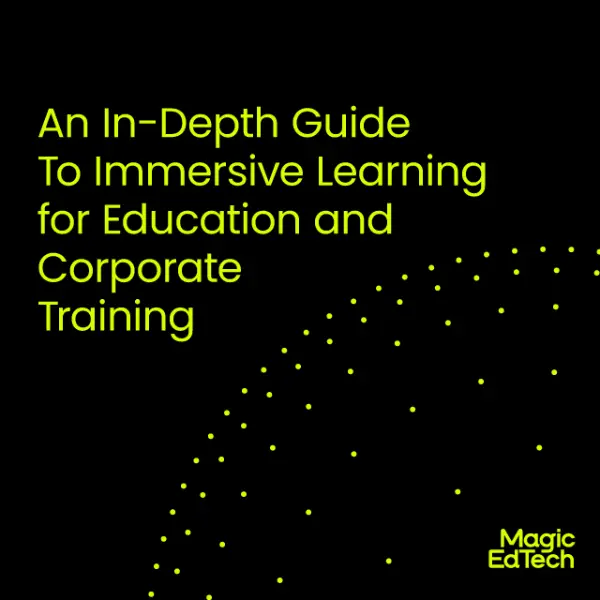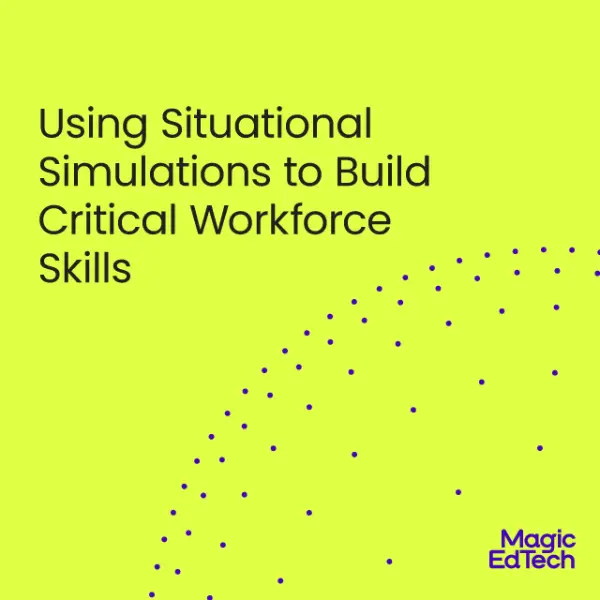Virtual Field Trips and 360-degree Learning
- 26 March, 2024
- Reading Time: 5 mins
Learning is experience. Everything else is just information. – Albert Einstein
Time and again, empirical studies as well as casual observations have shown that experiential pedagogies lead to superior learning outcomes. That’s because these experiences actively involve learners’ critical thinking skills and senses. Field trips, therefore, serve as the ideal experiential learning activity. They deliver knowledge through authentic, first-hand experiences that involve and engage multiple senses. By actively engaging their observation and perception skills during field trips, students can achieve holistic, 360-degree learning.
But important as they may be, organizing field trips regularly presents many logistical and financial challenges. The introduction of virtual field trips has helped traditional institutions overcome these hurdles. What’s more, it has also enabled digital publishers and edtech platforms to deliver 360-degree e-learning experiences. Read on to learn how.
The Need For Exploring Places Virtually In Education
Exploration is fundamental to discovery. Hence, awakening the need for exploration is vital to ensure student development. While field trips help nurture this need for exploration, they cannot be conducted often. Financial and administrative constraints limit frequent offsites even if new concepts are introduced throughout the year. Organizing trips for the wide array of subjects in modern-day curriculums also becomes difficult. But by enabling learners to explore a variety of places using digital means, teachers can now ensure a 360-degree learning experience for students, thanks to virtual field trips.
Virtual field trips are pre-recorded and thematically structured study materials that empower students to explore the world without leaving their desks. By combining audio and visuals, they create an immersive learning experience for the students. The concept is increasingly being adopted to support the multidimensional learning requirement of students across a wide range of subjects. This is not an entirely new concept — the 2017 National Educational Technology Plan Update mentioned the National Science Foundation funding projects that enabled 360 e-learning platforms. Back then, the foundation was already enabling K12 students in the US to visit places like Machu Picchu and the Great Barrier Reef without actually leaving their classrooms.
The adoption of virtual exploration can also be seen in higher education with prominent institutions like Harvard offering virtual campus tours that allow visitors to experience the campus based on whether they are a prospective student or a concerned parent visiting for their children. While physical tours are very helpful, at times institutions miss out on conveying the true essence and developmental opportunities they have to offer, especially to those living away. Offering virtual tours increases remote access while also helping institutions cover important information missed during a physical tour.
The Benefits of Virtual Field Trips for Students
Virtual field trips can positively impact 360 learning by facilitating interactive student participation inside the classroom. Oftentimes, keeping field trips affordable to everyone is hard, especially for students from economically disadvantaged backgrounds. By incorporating virtual field trips, teachers can level the learning field for students. Moreover, it helps institutes think beyond financial and management constraints and impart knowledge with the best learning methods. It eliminates the need for extensive preparations and shifts the focus towards providing a more comprehensive experience. While learning, students need to develop clear and vivid mental images of abstract ideas, scientific phenomena, and other concepts in their imagination. Depending on individual imaginative abilities, these images vary depending on the students and may lead to concepts being half-understood or not understood at all.
Virtual field trips add clarity to the learning that students receive within the classroom. It helps to create a more structured perspective about events and concepts which stimulates student interest further and promotes personal development. Students start drawing interrelationships early on, which sharpens their cognitive skills. Additionally, while on-site trips can help students go places, virtual trips can help them stay abreast of the changing scenarios. It shifts the focus from just imparting knowledge to actively looking for solutions that encourage discussions and social development.
Creating 360-degree Educational Content For Student Development
The world is changing at a rapid pace. Students need to become well-rounded individuals having awareness and competence in multiple fields. For instance, modern learners need to understand environmental issues like climate change and excel in STEM subjects. This makes 360-degree learning more important now than ever.
In areas of science and technology, virtual field trips can help unlock a complete understanding of different topics. It can be done by creating virtual field trips to research laboratories and manufacturing plants. Simultaneously, by helping students explore the depleting condition of natural environments virtually, educational institutions can reiterate the need for sustainable actions among them.
Taking a strategic approach can go a long way in imparting 360-degree learning
1. Incorporating Curriculum-based learning – Curriculum and learning designers can proactively identify topics for 360-degree teaching. Integrating virtual field trips with the existing curriculum ensures that students get a holistic learning experience and achieve the set educational standard mark in the particular year. It is also important to ensure your field trip adheres to any National or State Standards for education.
2. Addressing accessibility considerations – Linguistic and cultural differences pose significant academic challenges in student learning across the US. By designing the virtual field trip with accessibility in mind, teachers can make the experience interactive for all. Further, by following up with discussions and conclusions, teachers can address the concerns of students with different cognitive abilities in a timely manner.
3. Selecting the right delivery platform for 360 videos – Choosing the right delivery platform is significant in providing a seamless learning experience to students. A comprehensive delivery platform enables easy navigation, sharpens critical thinking, and assists in developing conclusions faster.
4. Setting a continuous evaluation process – The goal of 360 learning is to sharpen the cognitive skills of students and help them gain complete clarity of concepts. Hence, evaluating these modules and iterating them based on feedback becomes paramount to student development.
With the increasing digital adoption across sectors and the advancement of technology, it is becoming crucial for institutes to align their classroom learning with changing trends. However, to replicate the experience virtually requires the creation of high-fidelity modules coupled with the right content for dynamic learning. It calls for a well-rounded strategy and dedicated expertise which can be challenging and time-consuming for institutes to build. For 360 learning support, institutes can leverage the services of experts like Magic EdTech who are experienced in crafting immersive 360-degree learning content and building 360 learning platforms.

